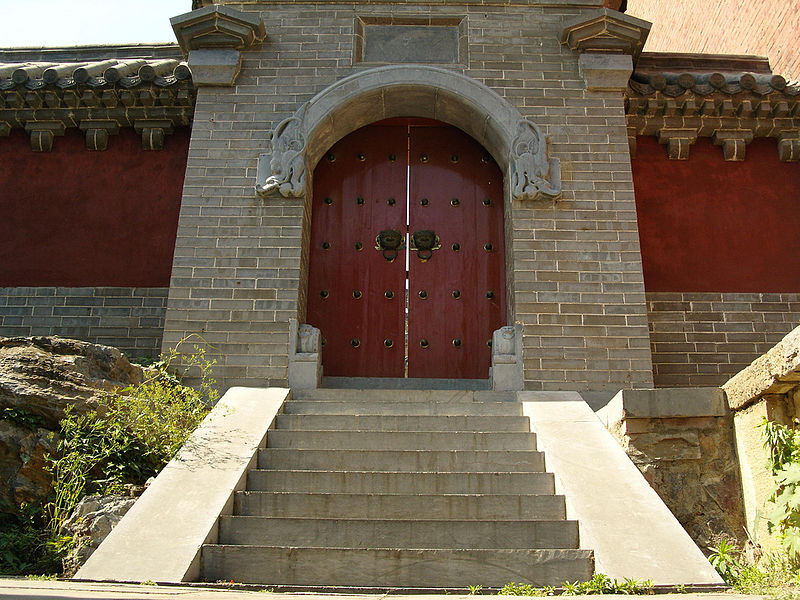





 |
 |
 |
 |
 |
 |
|---|---|---|---|---|---|
.jpg) |
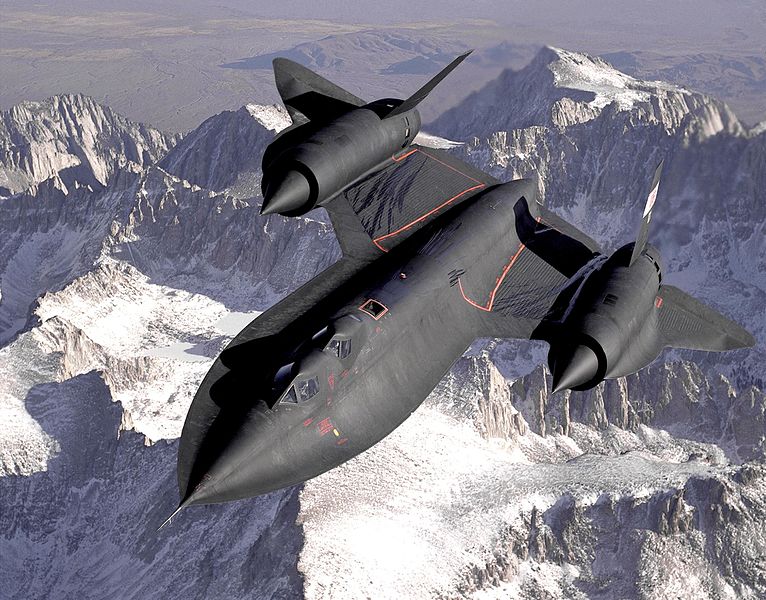 |
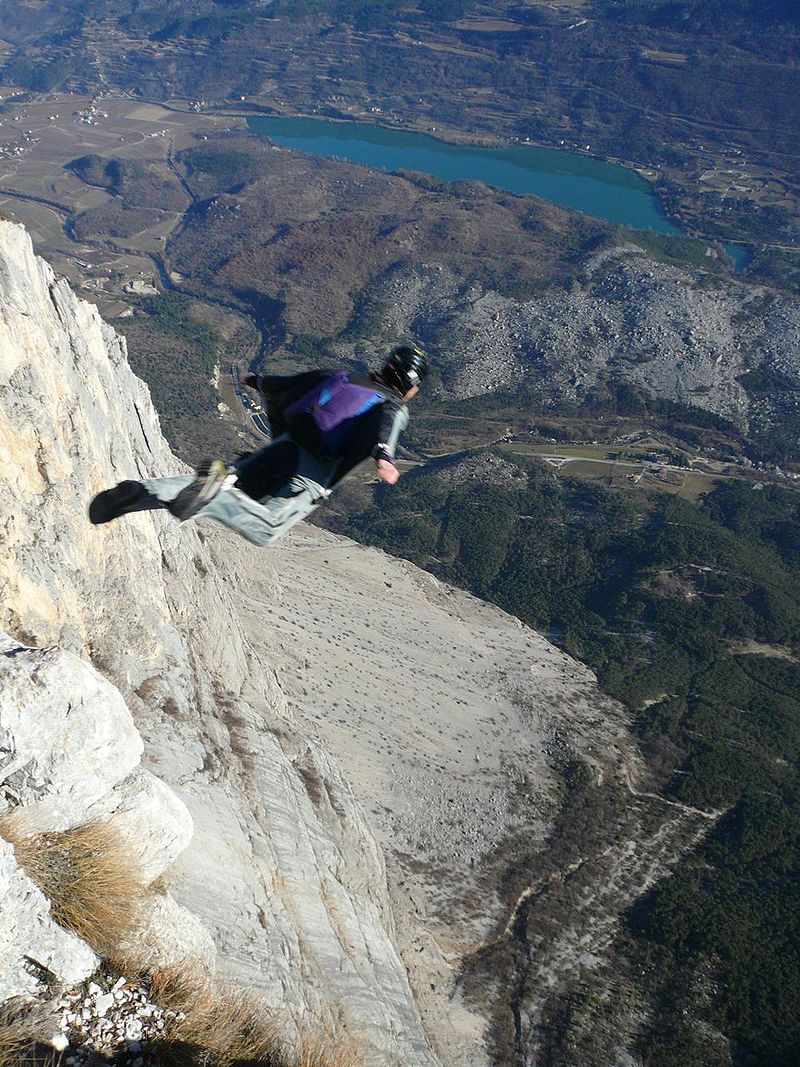 |
|---|---|---|
An wing generates lift at the cost of drag. Lift exceeds drag.
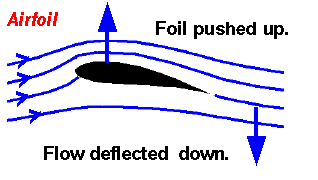 |
 |
|---|---|
Wing drag force = F→ Wing lift force = F↑ Wing lift-to-drag coef.= Qw = F↑ / F→
The lift-to-drag coefficient Qw is proportional to wing length divided by wing width.
Wing length = L Wing width = W Wing lift-to-drag coef.= Qw ~ L/W = Wing aspect ratio.
Wing width varies along the length of the wing. We define an effective width as
Width = ½ Area / Length
"Area" is the total for both wings, and "Length" is for one wing.
Aspect ratio is Length/Width.
Qw Aspect Wing Wing Wing
ratio length width area
meter meter meter2
U-2 23 10.6 High-altitude spy plane
Albatros 20 1.7 Largest bird
Gossamer 20 10.4 14.6 1.4 41.3 Gossamer albatross, human-powered aircraft
Hang glider 15
Tern 12
Herring Gull 10
Airbus A380 7.5 7.5 36.3 11.6 845
Concorde 7.1 .7 11.4 15.7 358.2
Boeing 747 7 7.9 23.3 11.3 525
Cessna 150 7 2.6 4.5 1.7 15
Sparrow 4
Human wingsuit 2.5 1 1.0 1.0 2
Flying lemur ? Most capable gliding mammal. 2 kg max
Flying squirrel 2.0
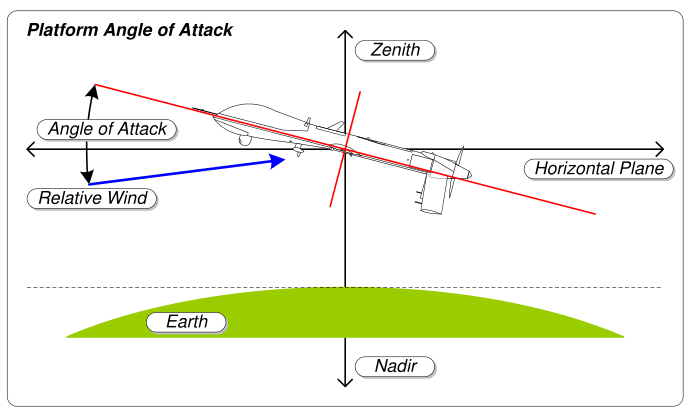 |
|
|---|---|
Changing wing angle changes lift and drag. There is an optimum angle that maximizes the lift-to-drag coefficient.
If the angle is larger than the optimal angle, you gain lift at the expense of drag. If you make the angle of attack too large, lift ceases and the plane stalls.
The air drag force is
Air density = D = 1.22 kg/meter2 Velocity = V Cross-sectional area = A Drag coefficient = C Drag force = F = ½ C D A V2
Human mass = M = 80 kg Gravity = g = 10 meter/second2 Gravity force = F↓ = 800 Newton Chute drag coefficient = C = 1 Dimensionless Air density = D =1.22 kg/meter2 Parachute area = A = 100 meter2 Drag force = F↑ = ½ C D A V2 = F↓ Terminal velocity = V = 3.6 meter/second
Drag force = F = ½ C D A V2 Drag power = P = F V = ½ C D A V3
Drag coef Drag area Power Max speed
dimensionless meter2 Watt meter/second
Bike 1 .5 400 11
Car .4 3 300000 74
Cw
F-4 Phantom .021 (subsonic)
Cessna 310 .027
Airbus A380 .027
Boeing 747 .031
F-4 Phantom .044 (supersonic)
 |
|---|
A glider is unpowered. The more efficient the glider, the smaller the glide angle. The minimum glide angle is determined by the wing lift/drag coefficient.
Drag force = F→ Lift force = F↑ = Fgrav Wing lift/drag ratio = Qw = F↑ / F→ Horizontal speed = V→ Vertical descent speed = V↓ Glide ratio = G = V→ / V↑ Gravitational force = Fgrav Drag power = Pdrag = F→ V→ Power from gravity = Pgrav = Fgrav V↓If the glider descends at constant velocity,
Pdrag = PgravThe goal of a glider is to maximize the glide ratio
V→ / V↓ = (Pdrag / F→) / (Pgrav / Fgrav)
= Fgrav / F→
= Qw
The glide ratio is equal to the lift coefficient. Qw = G
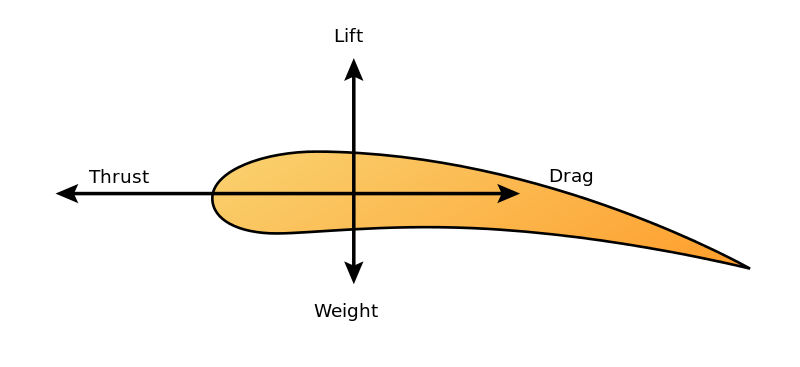 |
|---|
Air density = D Wing area = A Wing drag coefficient = Cw Wing drag = F→ = ½ Cw D A V2 Wing lift = F↑ Wing lift/drag ratio = Qw = F↑ / F→ Aircraft speed = V Aircraft mass = M Gravity = g = 9.8 meters/second2 Gravity force = Fgrav= M g Engine force = Feng = V F→ Drag power = P→ = F→ V = ½ Cw D A V3 Agility (Power/mass) = p = P→ / M = V g / QwFor flight at constant velocity,
Feng = F→ Horizontal force balance F↑ = Fgrav Vertical force balance F↑ = F→ Qw Definition of the wing lift/drag coefficient Fgrav= Fdrag Qw → M g = Qw ½ Cw D A V2 Cruising speed = V = M½ g½ Qw-½ (½ Cw D A)-½ ~ M1/6 Agility (Power/mass) = p = M½ g3/2 Qw-3/2 (½ Cw D A)-½ ~ M1/6 Aircraft energy/mass = e ~ M0 Flight time = T = e/p ~ M-1/6 Range = X = V T ~ M0
For the mass scalings, we assume that wing area scales as M2/3.
 |
|---|
A wingtip creates a vortex as it moves. Wingtips are often equipped with a vertical element to damp the vortex. The vertical element increases the effective wing length and improves the lift-to-drag coefficient. coefficient.
Birds fly in a "V" formation to use the updraft from their neighbor's wingtip vortices.
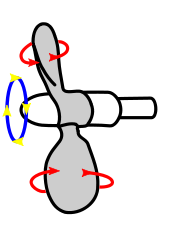 |
|---|
For propellers,
Rotor radius = R
Air density = D = 1.22 kg/meter3 at sea level
Rotor tip speed = V
Rotor width param= Cr
Rotor lift force = F↑ = D Cr R2 V2
Rotor drag force = F→
Rotor lift/drag = Qr = F↑ / F→
Rotor power = P = F→ V = F↑ V / Qr
Rotor force/power= Z = F↑/ P
= Qr / V
= R F↑-½ D½ Cr½ Qr
= R F↑-½ D½ qr
Rotor quality = qr = Qr Cr½
The physical parameters of a propeller are {Qr,Cr,qr}, with typical values of
Qr = 5.5 Cr = .045 qr = 1.17Most propellers have 2 blades and some have 3. If there are 4 or more blades then qr declines.
The parameters are not independent. They're related through the blade aspect ratio.
K ≈ Aspect ratio Cr ≈ K-½ Qr ≈ K qr ≈ K½
Aircraft mass = M Gravity = g Aircraft force = F↑ = M g Rotor radius = R ~ M1/3 Hovering force/power = Z = qr D½ R F↑-½ ~ M-1/6 Hovering power/mass = p = g / Z ~ M1/6 Aircraft energy/mass = e ~ M0 Hovering time = T = e / p ~ M-1/6
A drive propeller has to move substantially faster than the aircraft to be effective. This distinguishes it from a hovering propeller, which is designed to minimze propeller speed.
Rotor radius = R Air density = D = 1.22 kg/meter3 Aircraft speed = U Rotor speed coef. = s Rotor tip speed = V = s U Rotor lift force = F↑ Rotor drag force = F↓ Rotor lift/drag = Qr = F↑ / F↓ Rotor power = P = F↓ V = F↑ V / Q Rotor force/power = Z = Q / VTypically, Q ~ 5.5 and s ~ 3.
A commonly-appearing quantity is the power/mass ratio, which is inversely proportional to the force/power ratio.
Mass = M Gravity = g Rotor quality = q Hover force = F = M g Hover power = P Force/Power ratio = Z = F/P Power/Mass ratio = p = P/M = g/Z
Air density = Dair= 1.22 Seawater density = Dwater= 1025 Gravity = g = 9.8 meters/second2 Wing drag coef. = Cw = .03 Wing Lift/drag = Qw = 7 Rotor lift/drag = Qr = 5.5 Rotor width param = Cr = .045 Rotor quality = qr = 1.17 = Qr Cr½ Rotor force/power = Zr Rotor agility = pr = g/Zr Wing agility = pw
Aircraft mass = M Gravity = g Air density = D = 1.22 kg/meter3 Aircraft speed = U Rotor speed coef. = s Rotor tip speed = V = s U Aircraft lift force = F = M g Rotor lift force = F↑ Wing lift/drag = Qw = F / F↑ Rotor drag force = F→ Rotor lift/drag = Qr = F↑ / F→ Rotor power = P = F→ V = F↑ V / Qr = F V / (Qr Qw) Aircraft force/power = Z = F / P = [Qr Qw / s] / UThere is a tradeoff between Qr and s.
The larger the number of rotors, the less power is required to fly. The efficiency of a rotor is characterized by the force per power.
Number of rotors = N
Aircraft mass = M
Total rotor mass = m
Rotor mass = m/N
Rotor constant = C
Rotor radius = R = C m1/3 N-1/3
Gravity = g
Force per rotor = F = Mg/N
Rotor quality = q = 1.17
Air density = D = 1.22
Rotor quality = Q = q D½ = 1.29
Rotor force/power = q D½ C (m/N)1/3 (Mg/N)-½
= q D½ C N1/6 m1/3 M-½ g-½
For example, in dimensionless units,
Rotors Rotor Rotor Rotor Rotor
mass radius force force/power
1 1 1 1 1
2 .5 .79 .5 1.12
3 .33 .69 .33 1.20
4 .25 .63 .25 1.26
6 .167 .55 .167 1.35
8 .125 .50 .125 1.41
16 .062 .40 .062 1.59
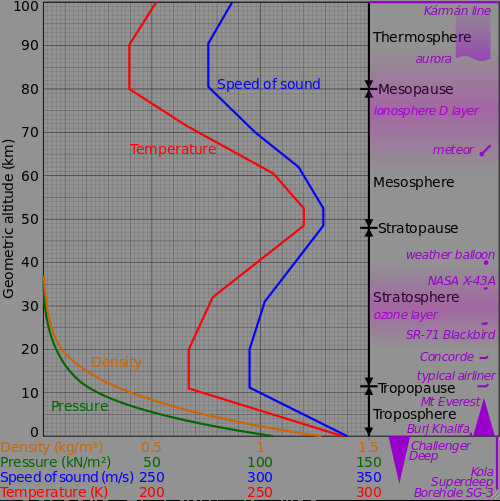 |
|---|
Altitude Density
(km) (kg/m3)
Sea level 0 1.22
1 1.14
2 1.02
Cessna 150 3 .79
Mount Everest 8.8 .46
Boeing 747 11.0 .36
Airbus A380 13.1 .26
Concorde 18.3 .115
F-22 Raptor 19.8 .091
U-2 21.3 .071
SR-71 Blackbird 25.9 .034
 |
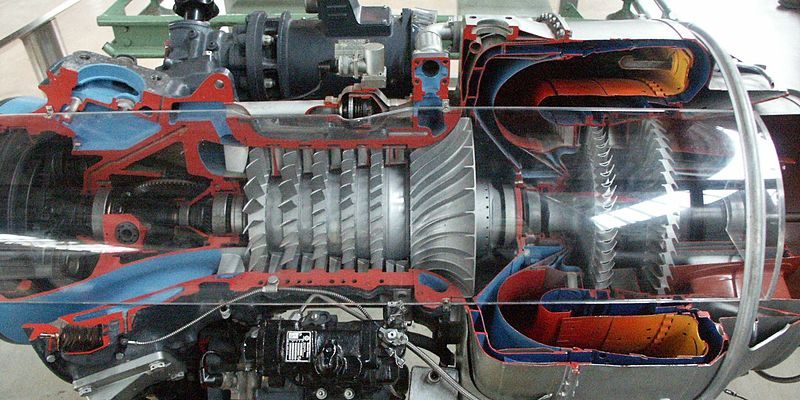 |
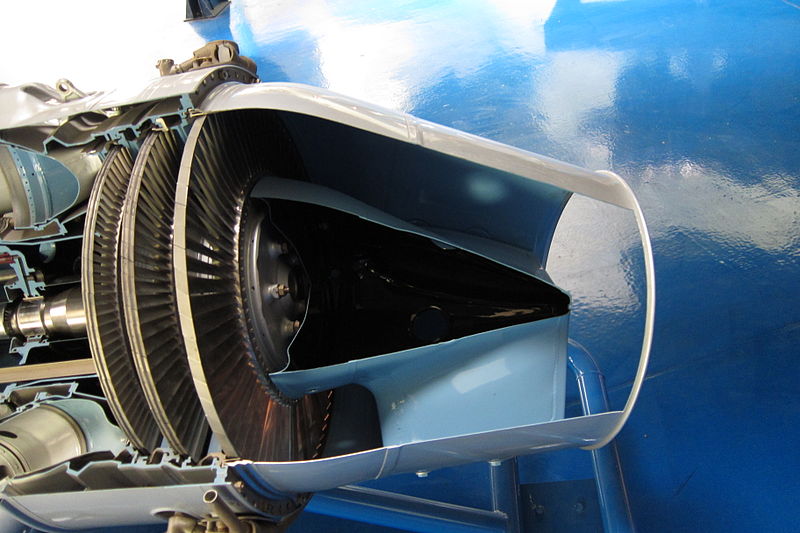 |
|---|---|---|
In a turboprop, incoming air is compressed by a fan and then mixed with fuel. The exploding air powers a crankshaft that turns the propeller. This is the most efficient engine up to Mach .5.
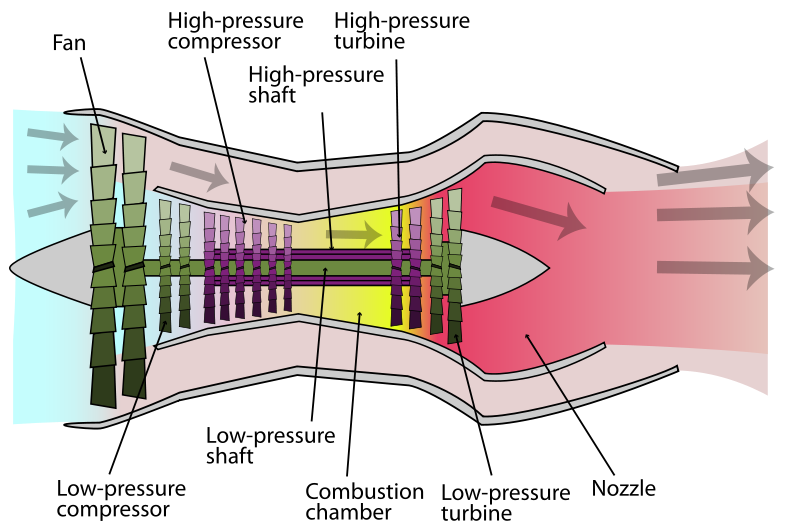 |
|---|
Turbofans are the most efficient kind of engine from Mach .5 to 1.0. All commercial aircraft that fly close to Mach 1 are turbofans.
 |
|---|
A turbojet uses most of its intake air for combustion and most of the thrust comes from jet action rather than from a fan. Such engines can go beyond Mach 1.
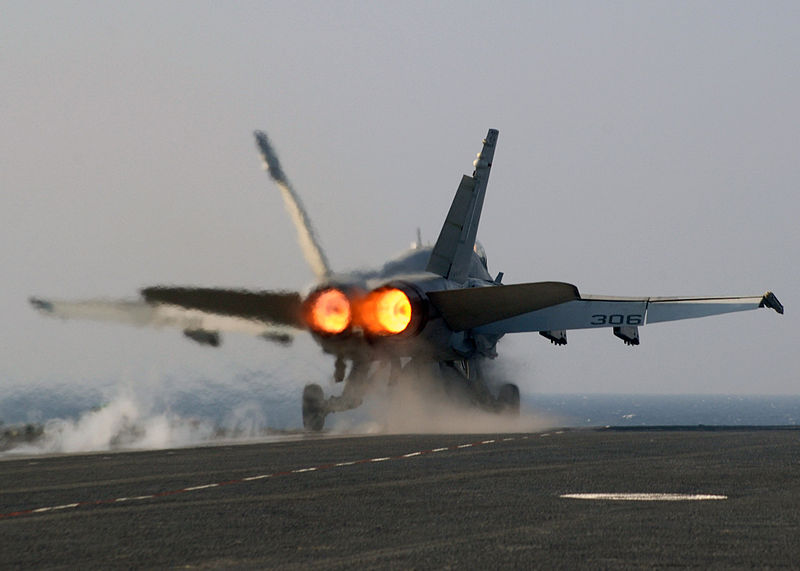 |
 |
 |
|---|---|---|
A turbofan in afterburner mode injects fuel aft of the fan. The fuel explodes and adds thrust.
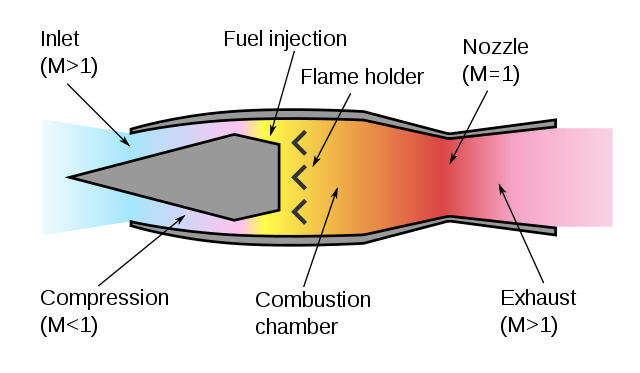 |
|---|
If the aircraft is moving faster than Mach 1 then the incoming air doesn't need to be compressed with a fan. The ram pressure from slowing down the air in the combustion chamber is enough.
Ramjets work up to Mach 6, at which point the incoming compressed air becomes too hot.
Ramjets are simpler than turbofans because they don't have any moving parts. They are often used for missiles.
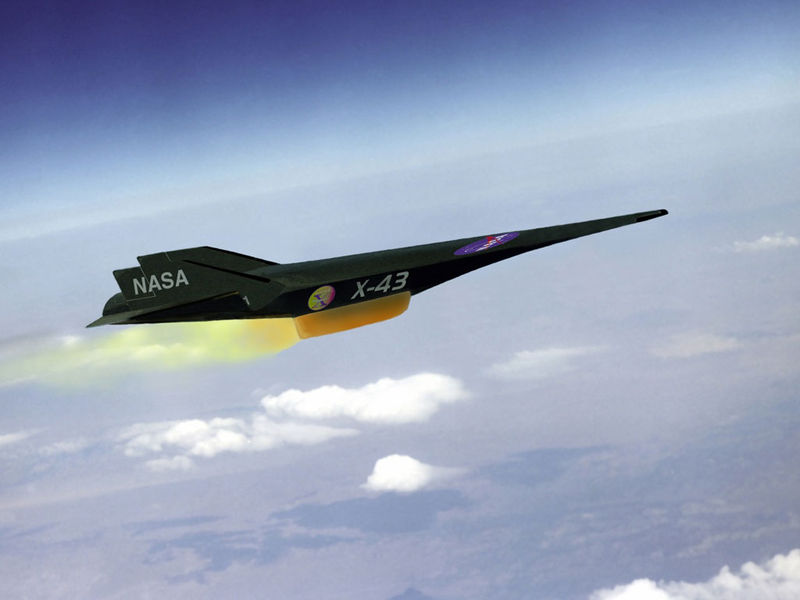 |
 |
|---|---|
In a scramjet the incoming air is compressed enough to make it explodable but not enough to slow it down below Mach 1. Such an engine sidesteps the heating concern of a ramjet and can go up to Mach 15.
 |
|---|
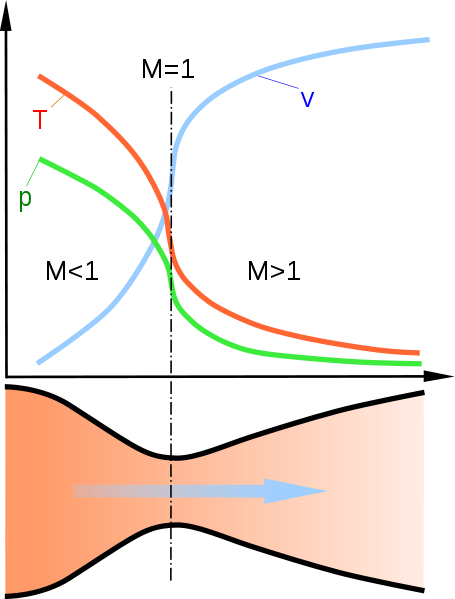 |
|---|
In a de Laval nozzle, incomming subsonic air accelerates as it approaches the nozzle. The nozzle is shaped so that the air becomes supersonic at the narrowest point, after which it continues accelerating as it expands aftward.
 |
|---|
Exhaust velocity = V Gravity constant = g Specific impulse = I = V/g
A jet engine compresses air before mixing it with fuel. For adiabatic compression,
Adiabatic index = A = 1.4 (for air) Density = D Pressure = P ≈ DA ≈ D T Temperature = T ≈ DA-1The larger the air density the more efficient the engine. Increased density comes with increased temperature and the performance of an engine is determined by the quality of the high-temperature alloys.
The following table shows the properties of an adiabatically compressed gas in relative units and in Kelvin. In practice the gas compression is not adiabatic and the pressure and temperature values are larger.
Density Pressure Temperature Temperature
(Kelvin)
1 1 1 250 Ambient air at 10 km altitude
2 2.64 1.32 330
3 4.66 1.55 388
4 6.96 1.74 435
6 12.3 2.05 512
8 18.4 2.30 574
12 32.4 2.70 675
16 48.5 3.03 758
24 85.6 3.57 891
32 128.0 4.0 1000
Aircraft engines:
Pressure ratio
Airbus A350 Rolls-Royce Trent XWB 52
Boeing 747 General Electric CF6 42
Boeing 777 General Electric GE90 42
Airbus A380 Rolls-Royce Trent 900 39
F-15 General Electric F110 30
Concorde Rolls-Royce 593 15.5
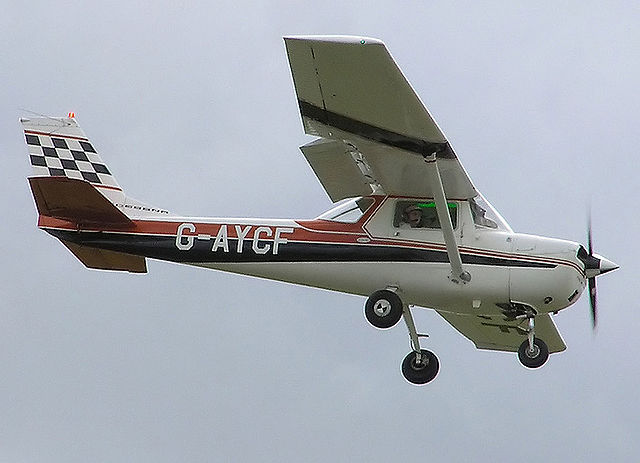 |
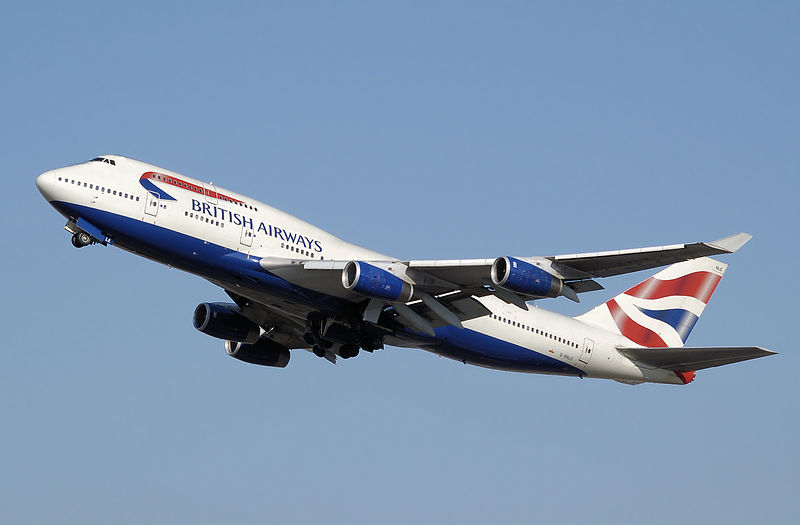 |
_arrives_London_Heathrow_11April2015_arp.jpg) |
|---|---|---|
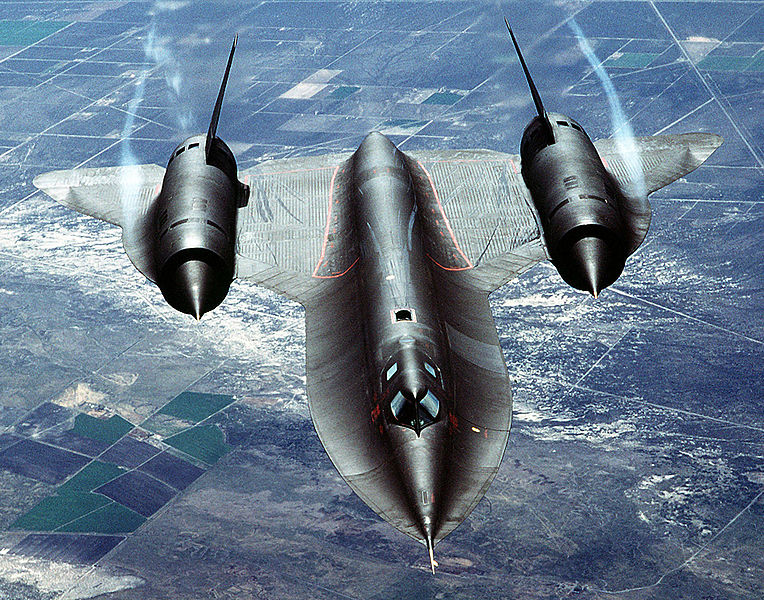 |
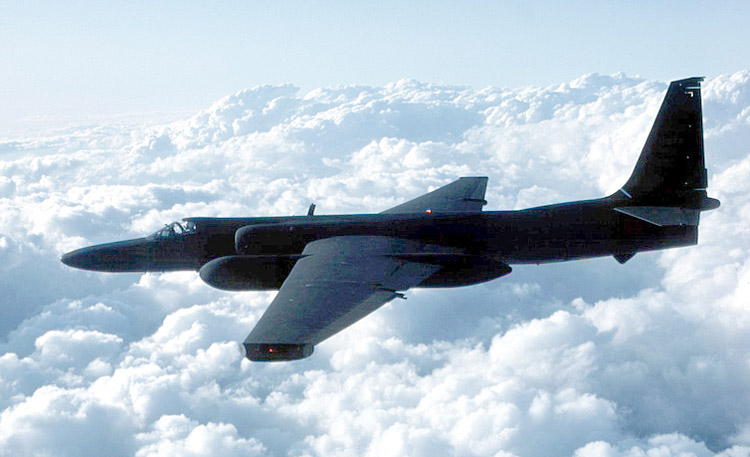 |
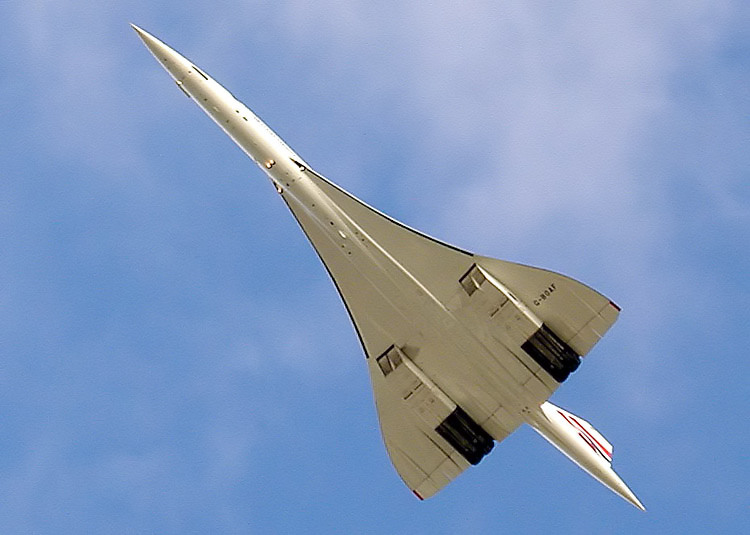 |
 |
|---|---|---|---|
Vcruise Vmax Mass Takeoff Ceiling Density Force Wing Len Wing Range
m/s m/s ton ton km kg/m3 kN m2 m m km
Cessna 150 42 56 .60 .73 4.3 .79 1.34 15 7.3 10.1 778
Boeing 747 254 274 178.1 377.8 11.0 .36 1128 525 70.6 64.4 14200
Boeing 787-9 251 262 128.9 254.0 13.1 .26 640 360.5 62.8 60.1 14140
Airbus A380 243 262 276.8 575 13.1 .26 1360 845 72.2 79.8 15200
Concorde 599 605 78.7 190.5 18.3 .115 560 358.2 61.7 25.6 7223
F-22 Raptor 544 740 19.7 38.0 19.8 .091 312 78.0 18.9 13.6 2960
U-2 192 224 6.49 18.1 21.3 .071 84.5 92.9 19.2 31.4 10308
SR-71 954 983 30.6 78.0 25.9 .034 302 170 32.7 16.9 5400
Mach 1 = 298 m/s.
The Loon balloon is 15 meters wide, 12 meters, tall, and .076 mm thick.
The solar panels generate 100 Watts and the payload is 10 kg. It is too large to be
self-propelled and relies and buoyancy modulation and air currents to maneuver.
Flapping the wings propels the bird upward and then the bird glides downward
until the next flap. Forward propulsion comes more from gravitational descent than
from flapping.
An aircraft moving at Mach 2 and turning with a radius of 1.2 km has a g force of
7 g's.
Cruise Max Ceiling Mass Cruise Motor Solar Cells Battery
m/s m/s kW tons kw kW cells m2 tons
kW
Aquila 35.8 27.4 .40 5.0 .2
Solar Impulse 2 25.0 38.9 12 2.3 52 66 269.5 .633
1961 Piggott accomplishes the first human-powered flight, covering a distance
of 650 meters.
1977 The "Gossomer Condor 2" flies 2172 meters in a figure-eight and wins
the Kremer Prize. It was built by Paul MacCready and piloted by amateur
cyclist and hang-glider pilot Bryan Allen.
It cruised at 5.0 m/s with a power of 260 Watts.
1988 The MIT Daedalus 88 piloted by Kanellos Kanellopoulos flies from Crete
to Santorini (115.11 km), setting the distance record, which still stands.
Human-powered helicopters can only reach a height of 3 meters and can only hover
for 20 seconds.
Mass Power Agility
(kg) (kW) (Watts/kg)
Human 75 2500 33
BMW i8 1485 170 114
Cessna 150 600 75 125
Airbus A380 276000 49000 178
Formula-1 car 642 619 964
SR-71 30600 33000 1078
F-22 Raptor 19700 33000 1675
If you put a wing on a BMW i8, it would be able to go fast enough to take off.

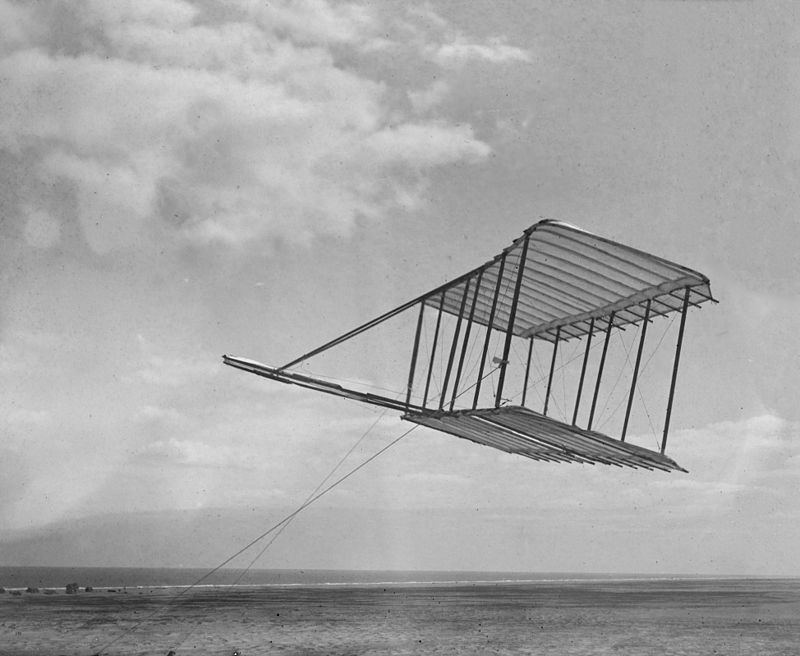

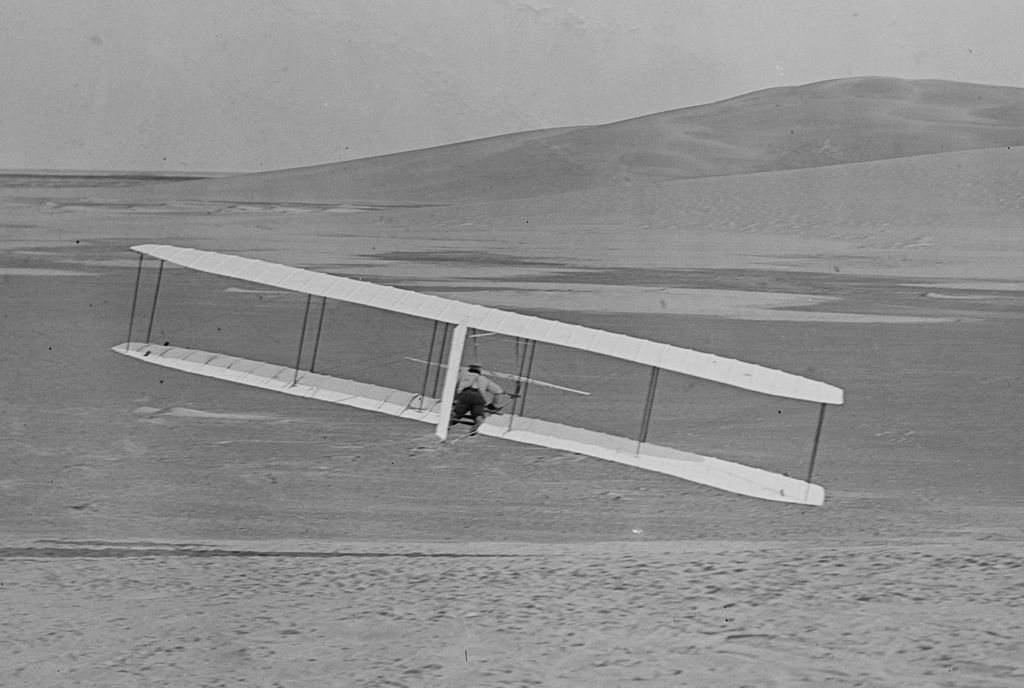
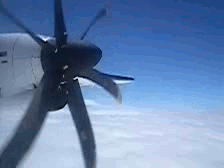
\

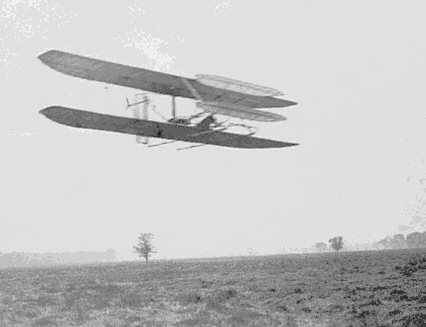
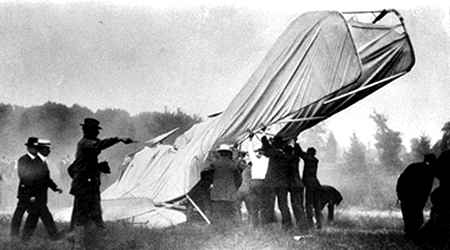
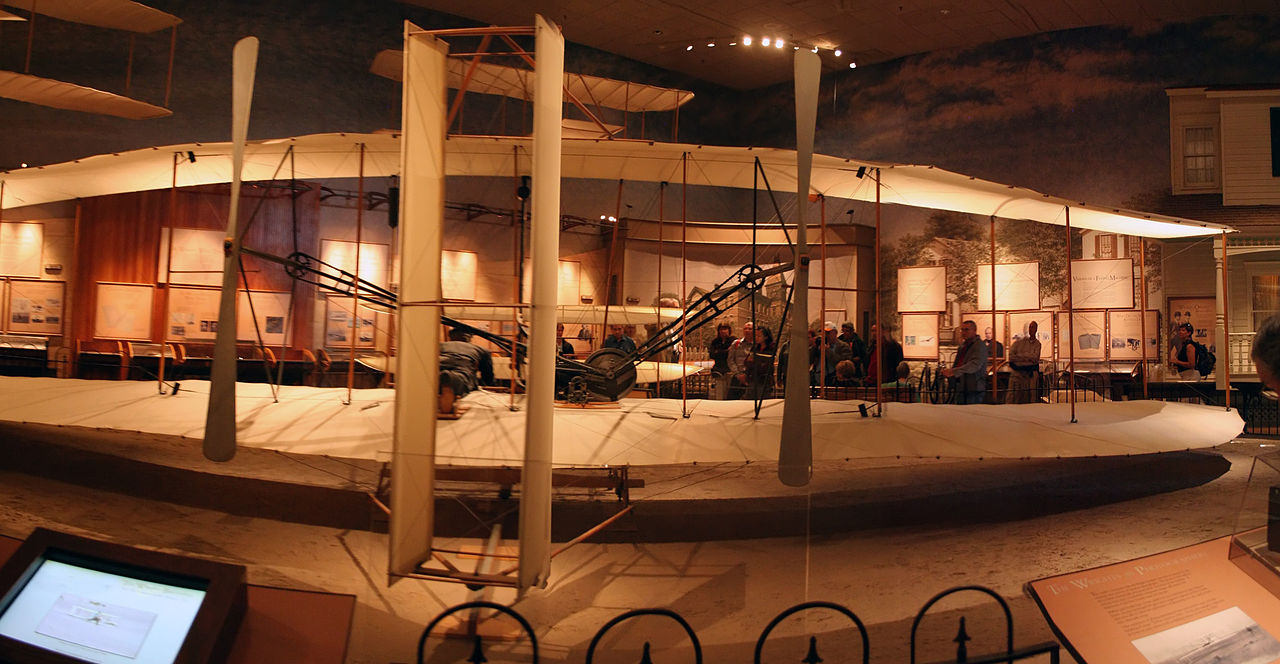
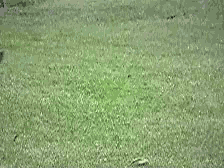
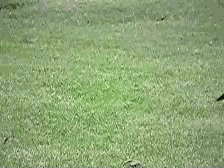
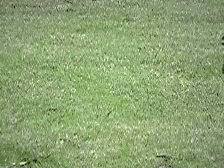
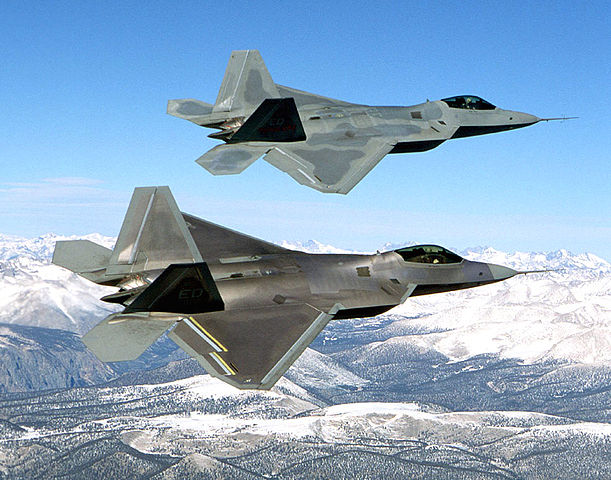
.jpg)
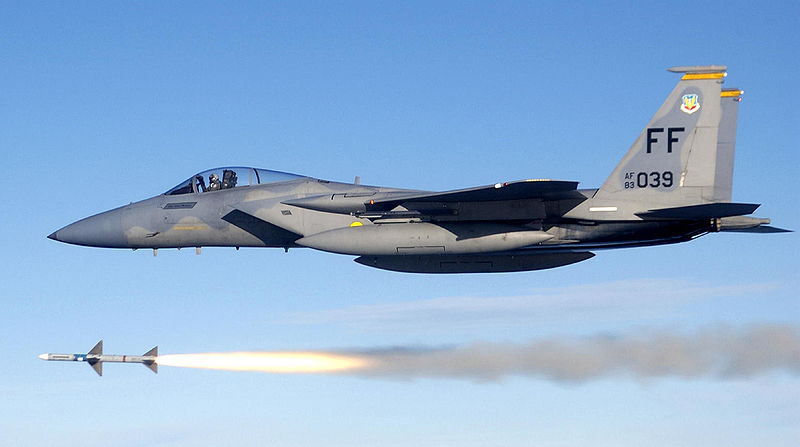
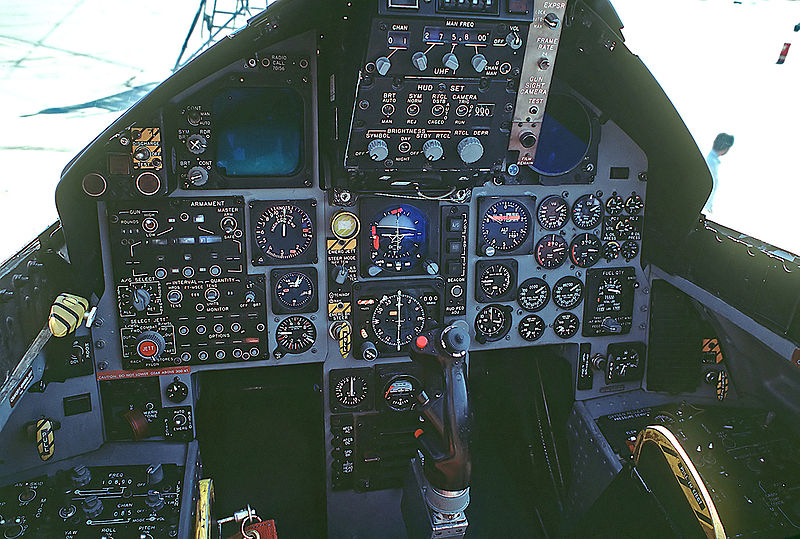
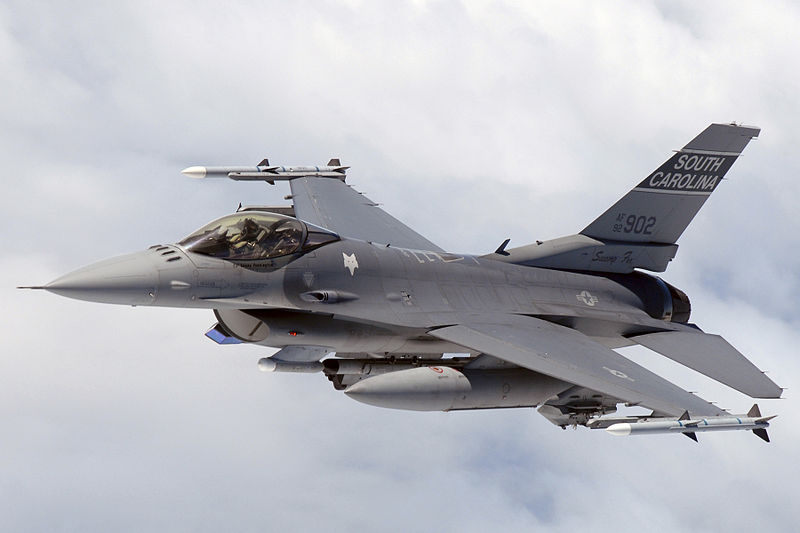
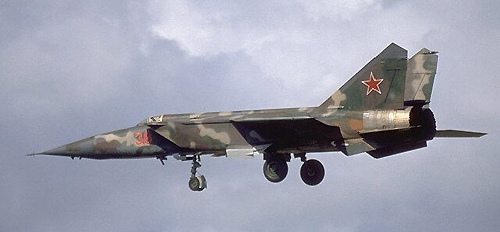
Speed Mass Takeoff Ceiling Thrust Range Cost Number Year Stealth
Mach ton ton km kN km M$
SR-71 Blackbird 3.3 30.6 78.0 25.9 302 5400 32 1966
MiG-25 Foxbat 2.83 20.0 36.7 20.7 200.2 1730 1186 1970
MiG-31 Foxhound 2.83 21.8 46.2 20.6 304 1450 519 1981
F-22A Raptor 2.51 19.7 38.0 19.8 312 2960 150 195 2005 *
F-15 Eagle 2.5 12.7 30.8 20.0 211.4 4000 28 192 1976
F-14 Tomcat 2.34 19.8 33.7 15.2 268 2960 712 1974
MiG-29 Fulcrum 2.25 11.0 20.0 18.0 162.8 1430 29 1600 1982
Su-35 2.25 18.4 34.5 18.0 284 3600 40 48 1988
F-4 Phantom II 2.23 13.8 28.0 18.3 1500 5195 1958
Chengdu J-10 2.2 9.8 19.3 18.0 130 1850 28 400 2005
F-16 Falcon 2.0 8.6 19.2 15.2 127 1200 15 957 1978
Chengdu J-7 2.0 5.3 9.1 17.5 64.7 850 2400 1966
Dassault Rafale 1.8 10.3 24.5 15.2 151.2 3700 79 152 2001
Euro Typhoon 1.75 11.0 23.5 19.8 180 2900 90 478 2003
F-35A Lightning 1.61 13.2 31.8 15.2 191 2220 85 77 2006 *
B-52 .99 83.2 220 15.0 608 14080 84 744 1952
B-2 Bomber .95 71.7 170.6 15.2 308 11100 740 21 1997 *
A-10C Warthog .83 11.3 23.0 13.7 80.6 1200 19 291 1972
Drone RQ-180 ~15 18.3 ~2200 2015 *
Drone X-47B .95 6.4 20.2 12.2 3890 2 2011 * Carrier
Drone Avenger .70 8.3 15.2 17.8 2900 12 3 2009 *
Drone RQ-4 .60 6.8 14.6 18.3 34 22800 131 42 1998
Drone Reaper .34 2.2 4.8 15.2 5.0 1852 17 163 2007
Drone RQ-170 15 20 2007 *
India HAL AMCA 2.5 14.0 36.0 18.0 250 2800 ? 0 2023 *
India HAL FGFA 2.3 18.0 35.0 20.0 352 3500 ? 0 >2020 *
Mitsubishi F-3 2.25 9.7 ? ? 98.1 3200 ? 1 2024 *
Chengdu J-20 2.0 19.4 36.3 ? 359.8 ? 110 4 2018 *
Sukhoi PAK FA 2.0 18.0 35.0 20.0 334 3500 50 6 2018 *
Shenyang J-31 1.8 17.6 25.0 ? 200 4000 ? 0 2018 *
Mach 1 = 295 m/s
5th generation fighters: F-22, F-35, X-2, HAL AMCA, J-20, J-31, Sukhoi PAK FA
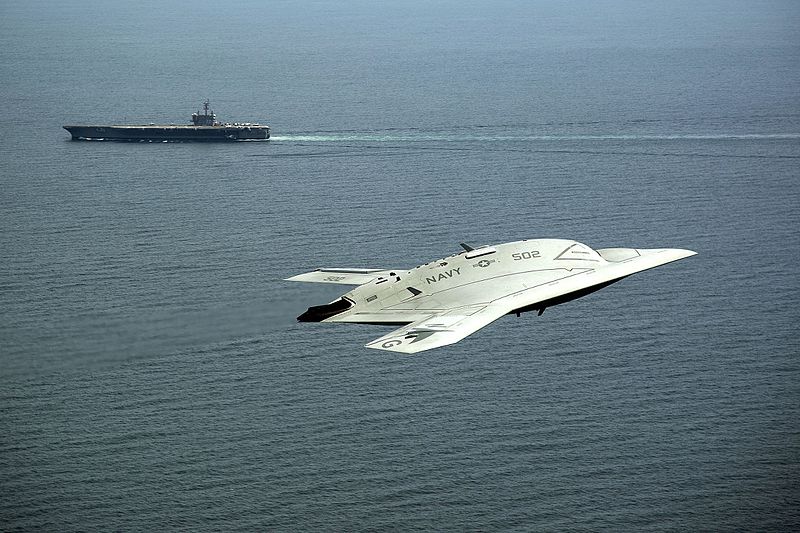
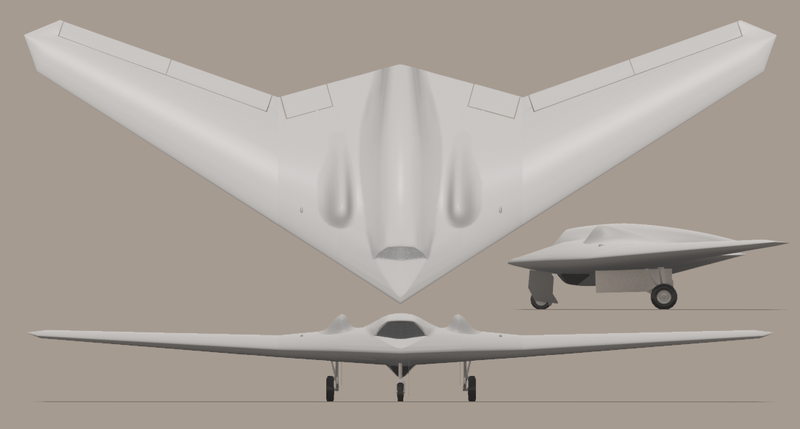

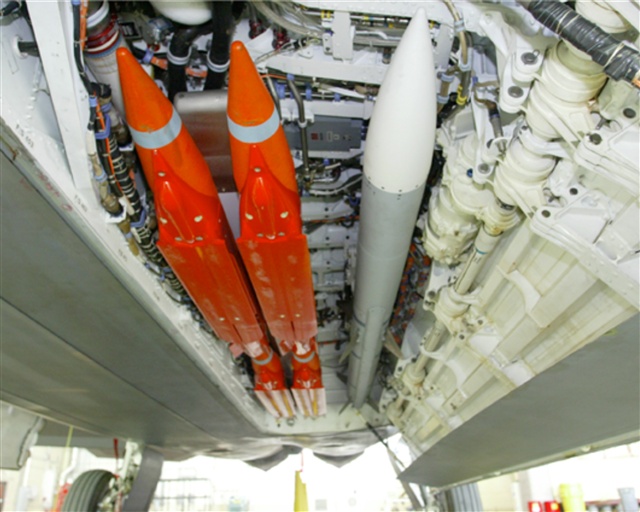
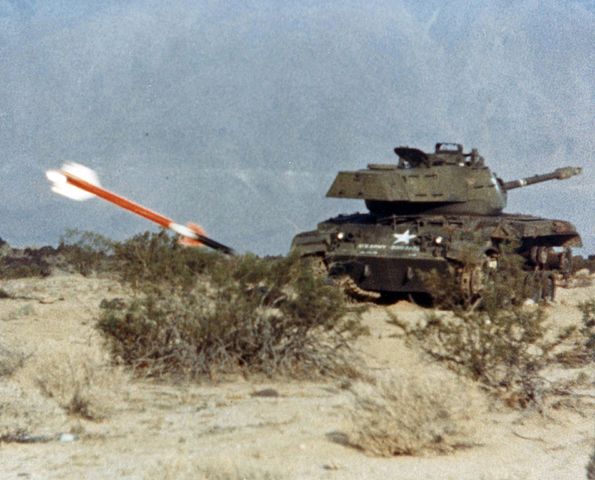
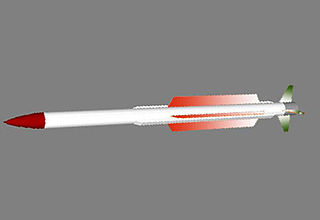
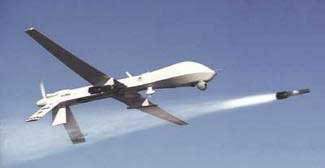

Mach Range Missile Warhead Year Engine
km kg kg
Russia R-37 6 400 600 60 1989 Solid rocket
Japan AAM-4 5 100 224 ? 1999 Ramjet
India Astra 4.5+ 110 154 15 2010 Solid rocket
EU Meteor 4+ 200 185 ? 2012 Ramjet
Russia R-77-PD 4 200 175 22.5 1994 Ramjet
USA AIM-120D 4 180 152 18 2008 Solid rocket
Israel Derby-IR 4 100 118 23 Solid rocket
Israel Rafael 4 50 118 23 1990 Solid rocket
France MICA 4 50 112 12 1996 Solid rocket
Israel Python 5 4 20 105 11 Solid rocket
Russia K-100 3.3 400 748 50 2010 Solid rocket
UK ASRAAM 3+ 50 88 10 1998 Solid rocket
Germany IRIS-T 3 25 87.4 2005 Solid rocket
USA AIM-9X 2.5+ 35 86 9 2003 Solid rocket
USA Hellfire 1.3 8 49 9 1984 Solid rocket AGM-114
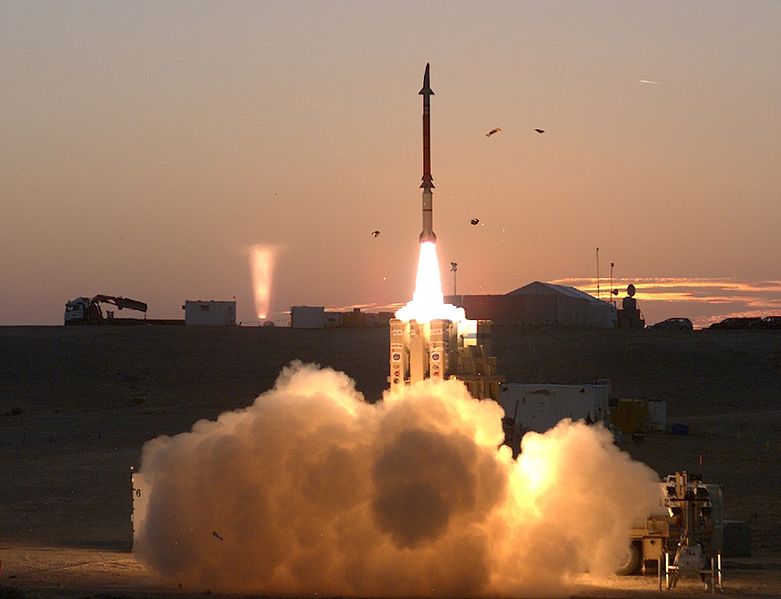
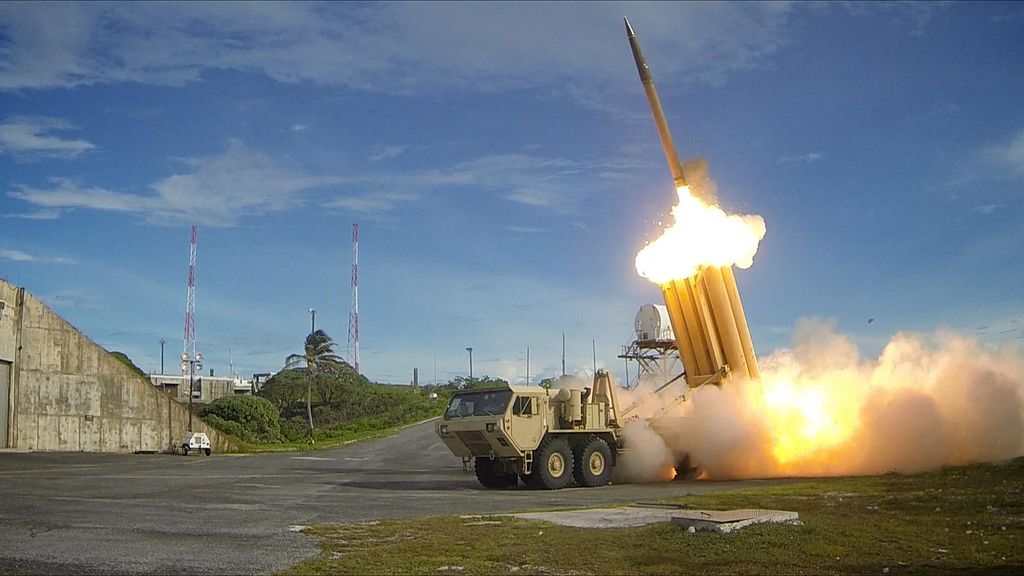
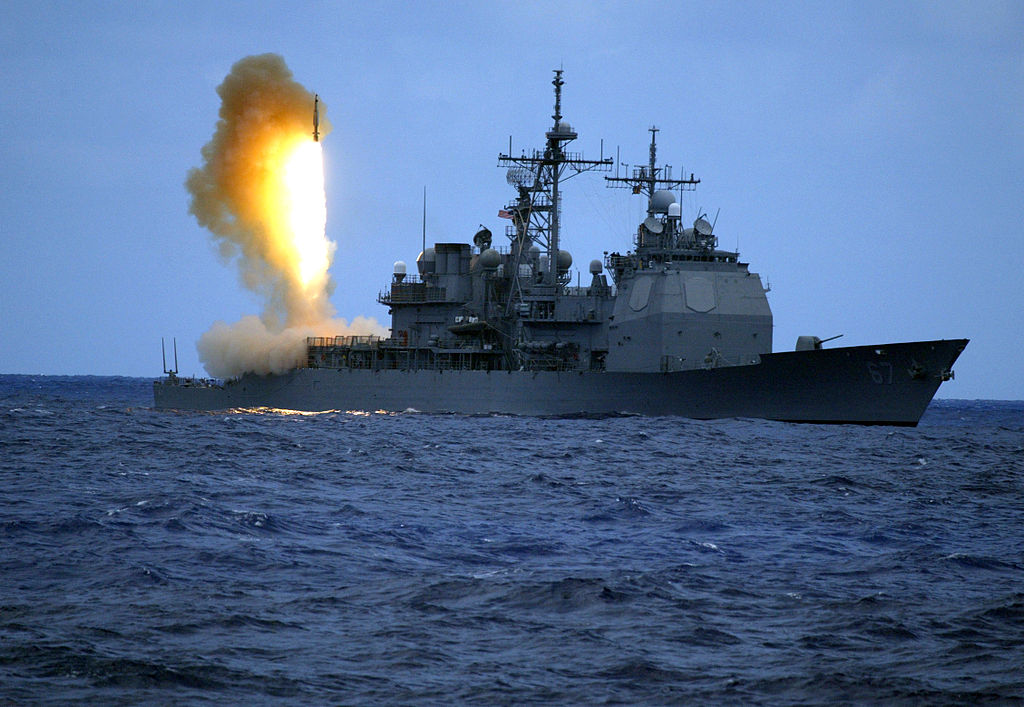
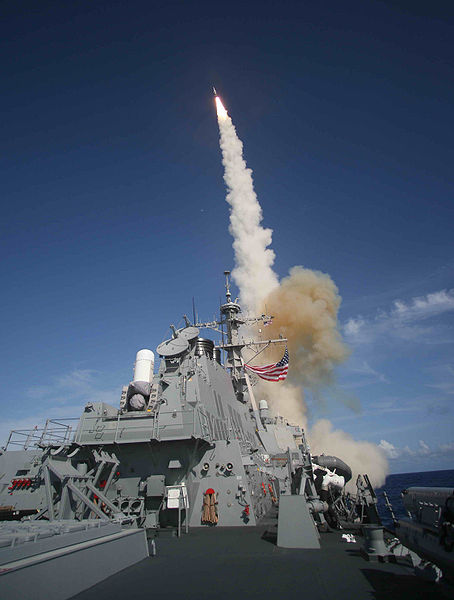
_02.jpg)
Mach Range Missile Warhead Year Engine Stages Anti
km kg kg missile
USA SM-3 15.2 2500 1500 0 2009 Solid rocket 4 *
Israel Arrow 9 150 1300 150 2000 Solid rocket 2
USA THAAD 8.24 200 900 0 2008 Solid rocket *
USA David 7.5 300 2016 Solid rocket *
Russia S-400 6.8 400 1835 180 2007 Solid rocket *
India Prithvi 5 2000 5600 2006 Solid, liquid 2 *
India AAD Ashwin 4.5 200 1200 0 2007 Solid rocket 1
Taiwan Sky Bow 2 4.5 150 1135 90 1998 Solid rocket
China HQ-9 4.2 200 1300 180 1997 Solid rocket 2
USA Patriot 3 4.1 35 700 90 2000 Solid rocket *
China KS-1 4.1 50 900 100 2006 Solid rocket *
USA RIM-174 3.5 460 1500 64 2013 Solid rocket 2
India Barak 8 2 100 275 60 1015 Solid rocket 2
Japan Chu-SAM 570 73 2003 Solid rocket
Korea KM-SAM 40 400 2015 Solid rocket
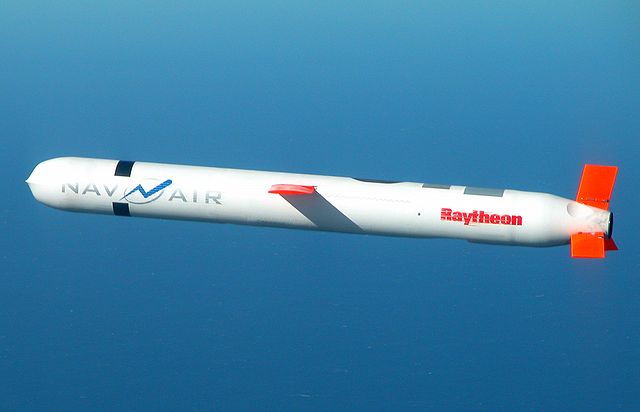
Mach Range Missile Warhead Year Engine Launch
km kg kg platform
USA Tomahawk .84 2500 1600 450 1983 Turbofan Ground
USA AGM-129 .75 3700 1300 130 1990 Turbofan B-52 Bomber
USA AGM-86 .73 2400 1430 1361 1980 Turbofan B-52 Bomber
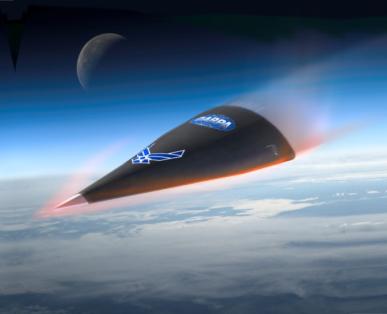
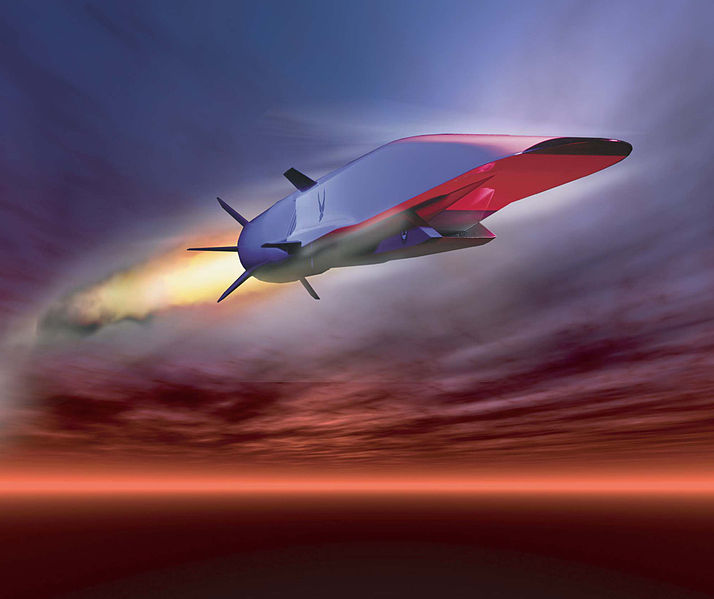
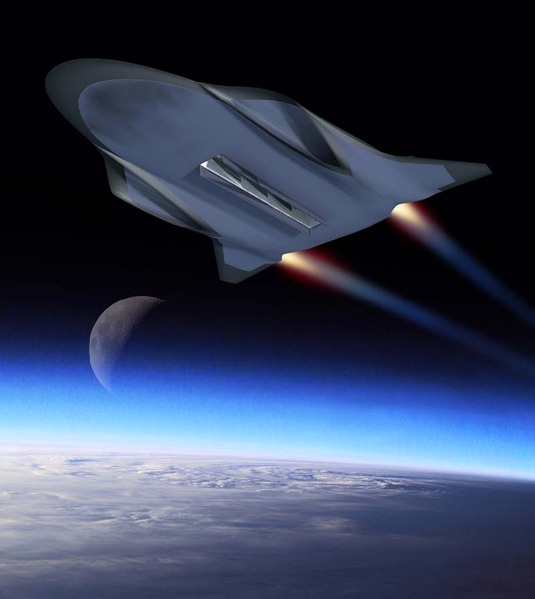
Speed Mass Range Year
mach tons km
USA SR-72 6 Future. Successor to the SR-71 Blackbird
USA HSSW 6 900 Future. High Speed Strike Weaspon
USA HTV-2 20 17000 2 Test flights
USA X-41 8 Future
USA X-51 5.1 1.8 740 2013 Tested. 21 km altitude. Will become the HSSW
Russia Object 4202 10 Tested
India HSTDV 12 Future
China Wu-14 10 2014 7 tests. also called the DZ-ZF
The SR-72 has two engines: a ramjet for below Mach 3 and a ramjet/scramjet for above
Mach 3. The engines share an intake and thrust nozzle.
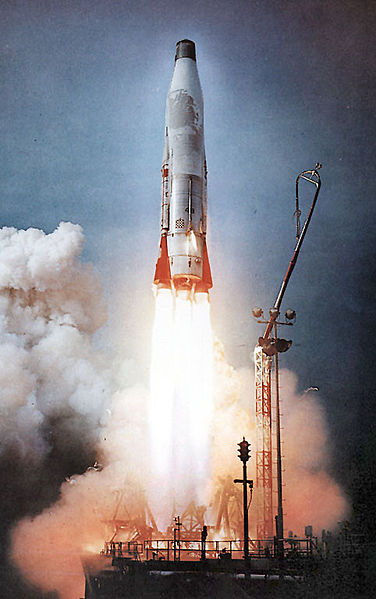
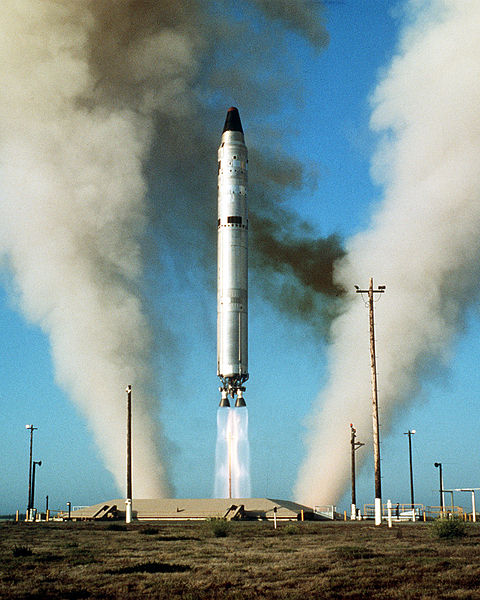
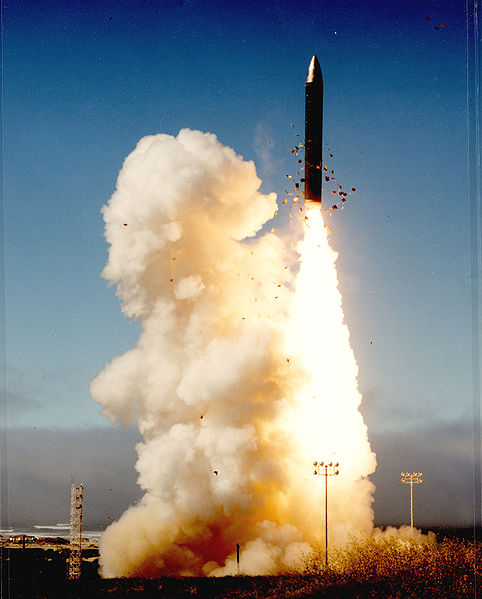
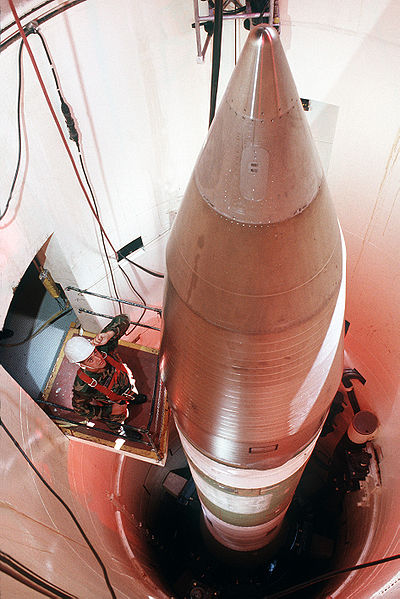

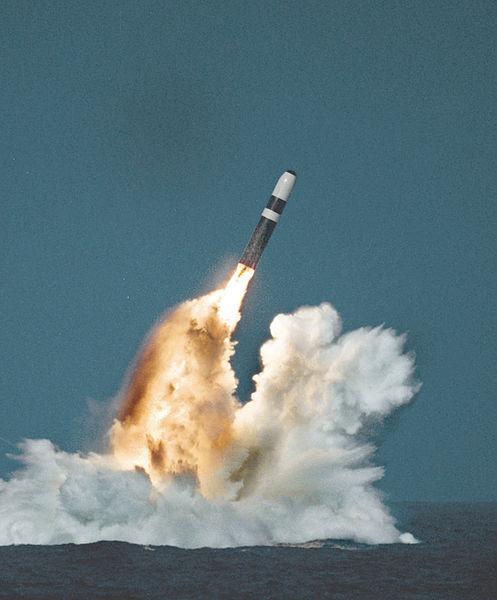
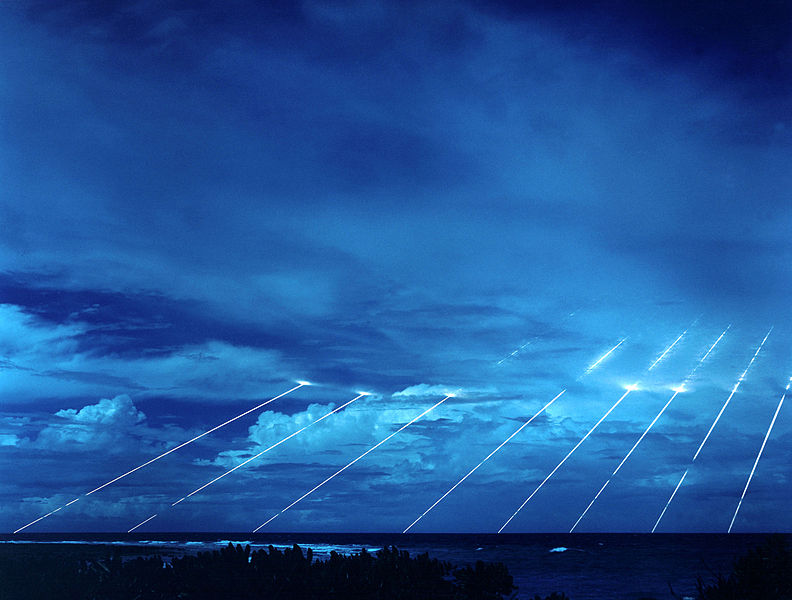
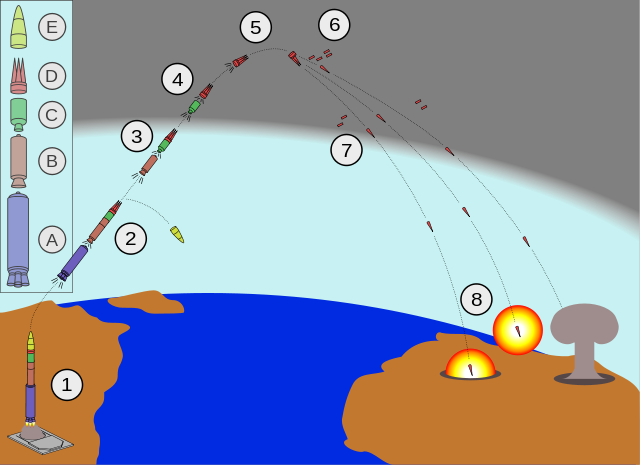
Payload Paylod Range Mass Launch Year
(tons) (Mtons) (km) (tons)
USA Titan 2 9 15000 154 Silo 1962 Inactive
USA Minuteman 3 .9 13000 35.3 Silo 1970
USA Trident 2 .95 11300 58.5 Sub 1987
USA Titan 3.75 10200 151.1 Silo 1959 Inactive
USA Peacekeeper 3 9600 96.8 Silo 1983 Inactive
Russia RS-24 1.2 12000 49 Road 2007
Russia Voevoda 8.7 8 11000 211.4 Silo 1986
Russia Layner 11000 40 Sub 2011
Russia RS-28 Sarmat 10 10000 >100 Silo 2020 Liquid rocket
Russia Bulava .9 10000 36.8 Sub 2005
France M51.1 1 10000 52 Sub 2006
China DF-5B 8 15000 183 Silo 2015
China DF-5A 4 15000 183 Silo 1983
China JL-2 6 12000 42 Sub 2001
China DF-5 5 12000 183 Silo 1971
China DF-31A 3 12000 42 Road
China DF-31 1 8000 42 Road 1999
China DF-4 3.3 7000 82 Silo 1974
India Surya 15 16000 70 Road 2022
India Agni-VI 10 12000 70 Road 2017
India Agni-V 6 8000 50 Road 2012
India K-4 2.5 3500 17 Sub 2016 Solid. Arihant nuclear sub
India K-15 ~6.5 750 1.0 Sub 2010 Solid. 2 stages. Arihant nuclear sub
Israel Jericho 3 .75 11500 30 Road 2008
N. Kor. Taepodong-2 6000 79.2 Pad 2006
Pakis. Shaheen 3 2750 Road 2015 Solid. 2 stages.
Pakis. Shaheen 2 2000 25 Road 2014 Solid. 2 stages.
Pakis. Ghauri 2 1.2 1800 17.8 Road
Pakis. Ghauri 1 .7 1500 15.8 Road 2003 Liquid. 1 stage.
Iran Shabab 3 1.0 1930 2003
Payload in "tons" represents the mass of the payload.
Payload in "Mtons" is the nuclear detonation payload in terms of tons of TNT.